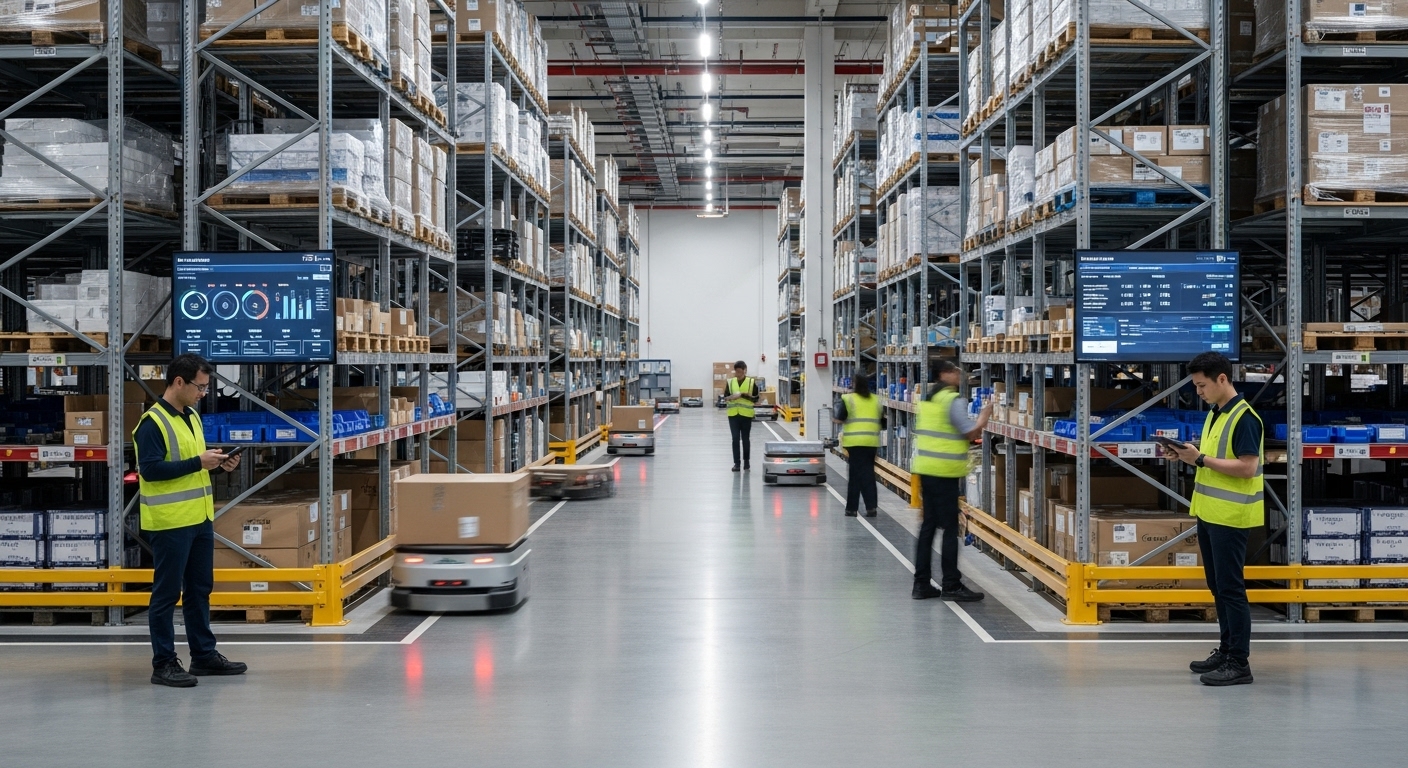In logistics, the word “visibility” is everywhere. It’s in job descriptions, quarterly plans, and vendor pitches. It’s the problem behind a thousand others—late shipments, mismatched inventory, frustrated partners. And yet, despite years of technology upgrades and strategic investments, visibility remains elusive for most.
A new Lumenalta study of 920 logistics professionals paints a clearer picture. While the majority are talking about visibility, only 6 percent of organizations report having full operational awareness across their networks. That leaves 94 percent operating in the dark, at least some of the time. These gaps may seem small in isolation, but they add up quickly. A missed scan. An unverified handoff. A delayed update. Each lapse can create a ripple effect through warehouses, yards, and delivery routes.
But there is a pattern emerging. A small but growing group of companies is closing those gaps, not with massive system overhauls or years-long transformation projects, but with something far more targeted: vision AI.
This isn’t science fiction. It’s not robotics, and it’s not automation for the sake of automation. Vision AI uses fixed or mobile cameras, sometimes mounted above loading docks or positioned in warehouse aisles, to track what’s happening in real time. It detects, records, flags deviations, and verifies conditions. In the hands of logistics teams, it becomes a tool for eliminating guesswork.
One company featured in the research saved over £475,000 in annual damage claims by recording visual documentation of every vehicle and asset transfer. Before, they relied on paper logs and scattered reports. Now, a short video or frame grab can settle a dispute within minutes. No more he-said-she-said. No more weeks spent investigating a single pallet.
The key, according to the data, is not just the technology. It’s where and how it’s used. The companies seeing real gains are not deploying vision AI everywhere at once. They’re starting in one location, often one process. A common entry point is loading and unloading zones. These areas are often the source of the most costly blind spots. Responsibility shifts between teams, and documentation often lags.
By adding vision systems here, organizations gain the ability to verify when something was loaded, who handled it, and what condition it was in. That evidence is stored, searchable, and sharable. It’s proof, not just data.
And the benefits don’t end at accountability. The same systems that log asset movement can also monitor compliance. Was proper PPE worn? Were materials handled according to safety protocols? Did a process deviation occur that could explain a recurring quality issue? These questions used to demand audits or manual reviews. Now they’re answered with a few clicks.
Still, not every company has made the leap. One of the most common barriers is skills. According to the same survey, 87 percent of logistics leaders say their organizations lack internal AI expertise. That’s not just about data science. It’s about understanding how to align these technologies with the realities of daily operations such as forklifts, inventory racks, and dispatch cutoffs.
This is where the early movers are separating themselves. Rather than building everything internally, they’re partnering with solution providers who understand the nuances of warehouse flows and distribution environments. These collaborations help logistics teams avoid common pitfalls such as overbuilding, undertraining, or collecting the wrong data entirely.
Interestingly, the companies leading the pack are not necessarily the biggest. In many cases, it’s regional distribution centres or mid-sized players who are moving faster. Their advantage is agility. They can pilot changes in a single site, gather results quickly, and scale with confidence. One respondent described it this way: “We stopped thinking about AI as an IT project. Instead, we treated it like a broken process we could fix.”
That shift in thinking seems to be the real differentiator.
Instead of chasing end-to-end visibility in one massive push, these organizations are building it piece by piece. They’re solving visibility where it hurts the most, then expanding from there. As a result, they’re reducing customer complaints, improving audit readiness, and making decisions based on facts rather than hunches.
There are, of course, challenges. Integrating vision data into existing systems requires some technical plumbing. Change management is real, especially when frontline teams feel like they’re being watched. But when leadership positions the technology as a tool for protection rather than surveillance, adoption tends to follow. Workers understand the value of having a visual record when shipments are delayed or damage occurs.
So what’s next?
For the 94 percent still operating with visibility gaps, the message is clear. There is a way forward that doesn’t require blowing up your tech stack. It starts with identifying your high-friction zones. These are the spots where problems repeat, costs accumulate, and accountability breaks down. From there, targeted vision solutions can document and monitor those workflows without slowing them down.
For those already moving, the next step may be to connect that visual data with predictive analytics. Feeding learnings from the physical world back into planning systems can create a continuous improvement loop. That’s where visibility becomes intelligence. But it starts small.
The companies that are pulling ahead did not wait for perfect conditions. They chose one area, instrumented it carefully, and built from there.
That’s not hype. That’s logistics.

